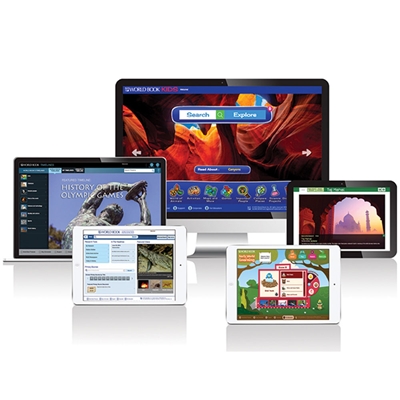Northern California’s Golden Gate Bridge opened 80 years ago on May 27, 1937. Credit: © Shutterstock
Tomorrow, Saturday, May 27, is the 80th anniversary of the opening of the iconic Golden Gate Bridge connecting San Francisco with Marin County, California. One of the largest and most spectacular suspension bridges in the world, it spans the Golden Gate Strait at the entrance of San Francisco Bay. The Golden Gate Bridge opened to pedestrians on May 27, 1937, and thousands of people took in the spectacular views as they crossed the bridge on that first day. The next day, May 28, a caravan of cars crossed the bridge—which is part of U.S. Route 101—for the first time.
The Golden Gate Bridge, which has a total length of 8,981 feet (2,737 meters), connects northern California to the peninsula of San Francisco. It contains about 88,000 tons (75,000 metric tons) of steel, 390,000 cubic yards (300,000 cubic meters) of concrete, and 160,000 miles (260,000 kilometers) of wire in its two main cables.
Towers stand on either side of the bridge, about 1,120 feet (340 meters) from the ends. They hold up the two steel cables, 36 3/8 inches (92 centimeters) in diameter, from which the bridge hangs. The section between the towers is 4,200 feet (1,280 meters) long, one of the world’s longest spans. The floor is 220 feet (67 meters) above the water and 90 feet (27 meters) wide. It has a six-lane road and sidewalks.

The Golden Gate Bridge is one of the world’s most famous bridges. Credit: © Thinkstock
Prior to the Golden Gate Bridge, ferry service—which began in the 1800’s and continues today—was the only way to cross San Francisco Bay. In 1916, San Francisco journalist James H. Wilkins began the modern push for a bridge, issuing a challenge to politicians and engineers alike. Wilkins called for a suspension bridge with a center span of 3,000 feet (915 meters)—nearly twice the length of any such span at that time. After considerable debate, numerous designs, court rulings, and acts passed by the California legislature, the U.S. War Department, which owned the land around the strait, approved the project in 1924.
The Golden Gate Bridge and Highway District was formed in 1928. Joseph B. Strauss was appointed chief engineer of the project and designed the bridge. The bridge was planned and constructed to withstand strong tidal forces, wind, and earthquakes. Irving F. Morrow, an architect hired by Strauss, designed the towers and selected the bridge’s distinctive “international orange” color. The color blends well with the span’s natural setting, but—from the deck of a passing ship—it stands out clearly from the gray fog banks, white clouds, and blue skies in the background, allowing for easier navigation.
In 1930, Bay Area voters approved a $35-million bond measure to finance the Golden Gate Bridge, but the bonds did not sell during the tough times of the Great Depression. In 1932, however, local banker A. P. Giannini, founder of the Bank of America, bought the entire bond issue to help the local economy. Construction of the Golden Gate Bridge then began on Jan. 5, 1933, and continued for over four years.
Remarkably, the much longer and more expensive San Francisco-Oakland Bay Bridge was constructed at the same time as the Golden Gate Bridge (the mammoth bridges are within easy sight of each other). Begun in July 1933, construction on the Bay Bridge (which received federal funding, making paying for the Golden Gate Bridge even tougher) continued until its opening in November 1936.
Untitled Document Can't view the linked articles? Subscribe to World Book Online

World Book Online delivers a progressive sequence of core databases supported by supplemental
tools, such as language translation, graphic organizers, and unique Webquests. Moving from
Early World of Learning to World Book Advanced, World Book Online aligns end-users with their
appropriate learning levels. Each stand-alone site provides additional features to support the
needs of users’ specific capabilities.
The World Book Difference
World Book combines cutting-edge technology with traditional editorial excellence to produce
authoritative, trustworthy, and unbiased content. The digital content is updated in real time and
carefully curated for each learning level. Accessible 24/7, the content is available on a variety of devices.
World Book Online combines 21st-century instructional techniques with timely information.
By breaking down complex topics and using easily understandable text, World Book Online helps to
build fluency and increase comprehension. Featuring single sign-on capability, these sites are paired
with highly visual content to engage even the most reluctant reader. Our collection of resources kindles
a lifelong learning experience for every user. This adherence to clarity, currency, and accuracy makes
World Book’s digital offerings an information hub for the classroom, library, and beyond.